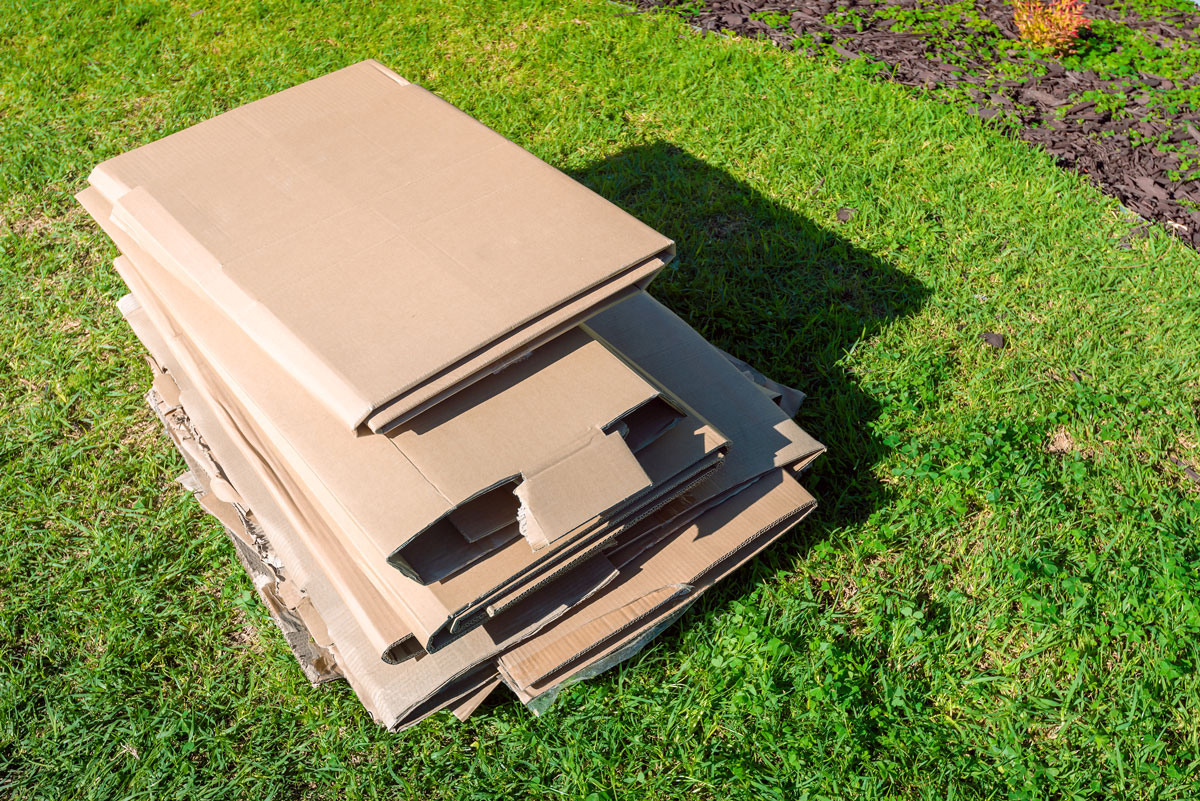 Garden Variety is an occasional column about growing plants without grief.
Garden Variety is an occasional column about growing plants without grief.
I was just sitting down to write about grass when the roar of my neighbors’ lawn mower reminded me why.
Sure, grass is classy, it’s fun to roll around on. A pasture needs it. A homeowners association may demand it. But I was glad it wasn’t me about to spend two hours driving in circles.
To me, lawns are a chore without payoff. I can’t eat grass. Grass is not fixing any carbon to speak of, nor does it attract birds or butterflies, which don’t eat grass either.
If you, too, are tired of going in circles, consider replacing some lawn. Kill a small patch of grass by laying a couple layers of cardboard on it, for months. Be sure to use plain brown cardboard like an Amazon box; shiny cardboard won’t break down well. Weigh down the cardboard with some rocks or mulch and let it sit. Start in spring or early summer, and the grass will be dead in time to plant something in its place this fall.
In the meantime, decide what to put in its place. There are some good lazy alternatives.
For a sunny spot, consider native Eastern Red Cedar trees or any kind of juniper shrub—they come in different heights. These are evergreens, so no leaves to rake. And a native cedar doesn’t get big enough in a human lifetime to fall over and damage a car. Or plant rosemary or mint for something edible.
In the shade, consider a native Eastern Redbud tree, or any size or color of azalea shrub. None of these will get big enough to damage a car either.
Once fall arrives, peek under that cardboard. The grass will be rotten and dead, accompanied by bugs, worms, and soil organisms. They’re allies here, digesting the cardboard and leaving behind nutrients.
Slide the rotting cardboard to the side for a minute and plant the tree or shrub in that worm-rich spot. Water it in, then arrange the cardboard back around the plant. It acts as a ring of mulch at this point—complete with a little ecosystem of critters—that will help keep the soil damp and healthy. Go ahead and throw some straw, wood chips, or leaves over the cardboard to cover up the trash look.
The plant won’t need anything else until at least spring, when it might need a fresh layer of mulch around it to keep down weeds. Or the new plant might shade its area so well that it doesn’t need anything else. Wait and see, and sit on the porch and mow just a little less.
Maggie Lee has been gardening in metro Atlanta for half her life and now runs Yonder Farm, a cut flower and herb farm in Fairburn.













